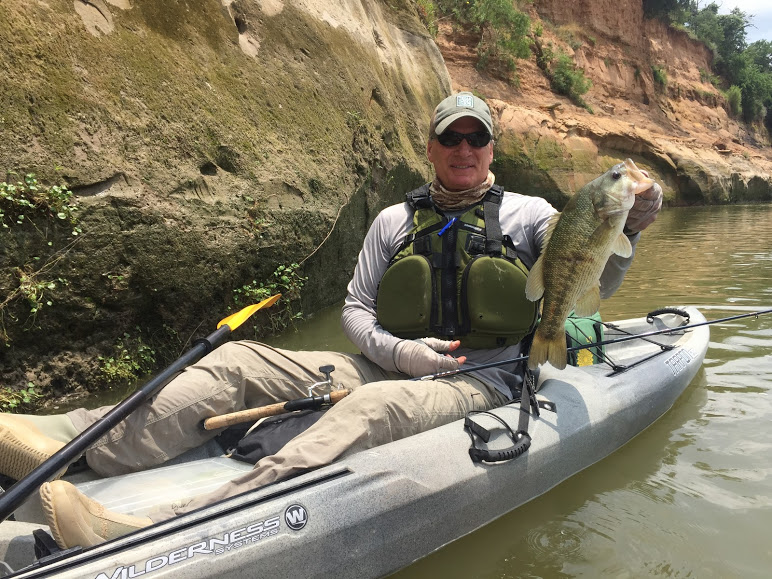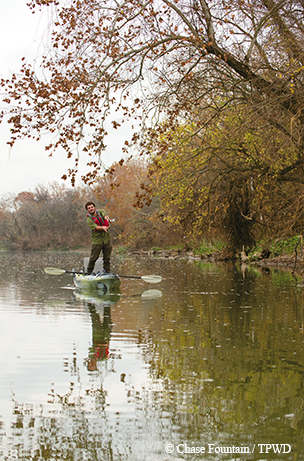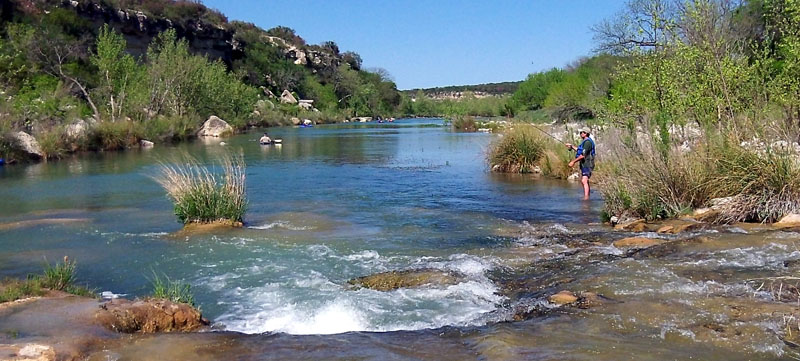Leasing Land for Angler Access
Wednesday, August 24th, 2016This is Passport to Texas
Texas Parks and Wildlife has expanded angler access to some of the state’s 191-thousand miles of rivers through a lease program.
We’re trying to bring in private landowners to help be a solution to open up angler access to rivers.
Tim Birdsong is chief of habitat conservation for Texas Parks and wildlife. Landowners who participate in the program receive monthly lease payments and even funds for site improvements.
Such as trails, or parking areas. If there’s an interest, we support habitat improvements…addressing, sometimes, erosion issues, or maybe loss of vegetation along the stream bank that’s resulting in some kind of bank instability. So, there are a lot of things we can do at these sites to help benefit not just their general management of the site, but also provide for a better user experience.
Birdsong says users ought not to expect a family-friendly parklike setting.
This is more about showcasing a natural, functional, healthy river system. This is for folks that are experienced paddlers, and anglers that really know how to [navigate and] fish a river. Rivers are inherently dangerous and somewhat unforgiving. But we do want to provide an opportunity for people to experience what a natural, flowing river is.
Find more information about the program and river ecosystems on the Texas Parks and Wildlife website.
The Wildlife and Sport Fish Restoration Program supports our series.
For Texas Parks and Wildlife…I’m Cecilia Nasti.





 Passport to Texas is a
Passport to Texas is a  Passport to Texas is made available by:
Passport to Texas is made available by: